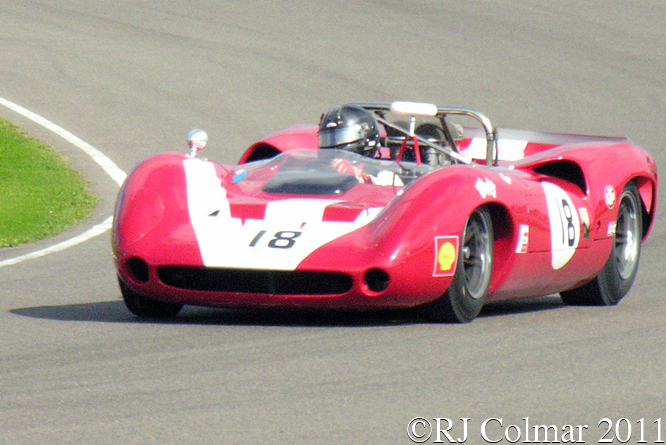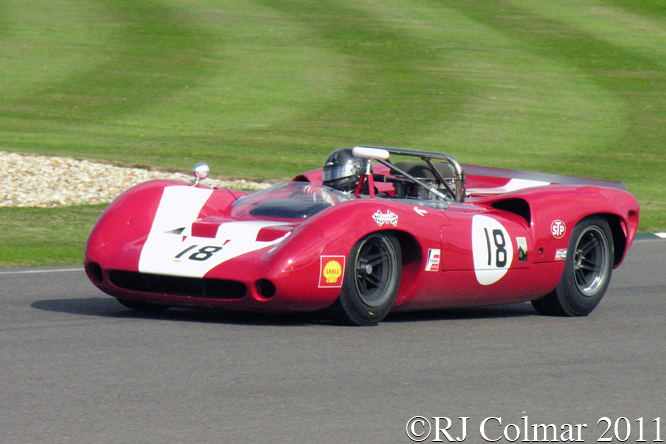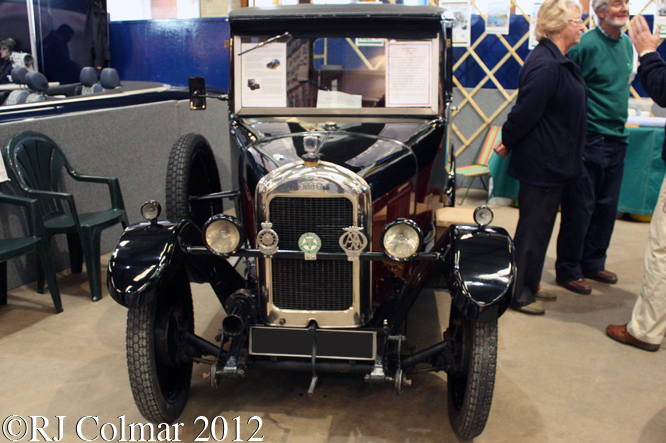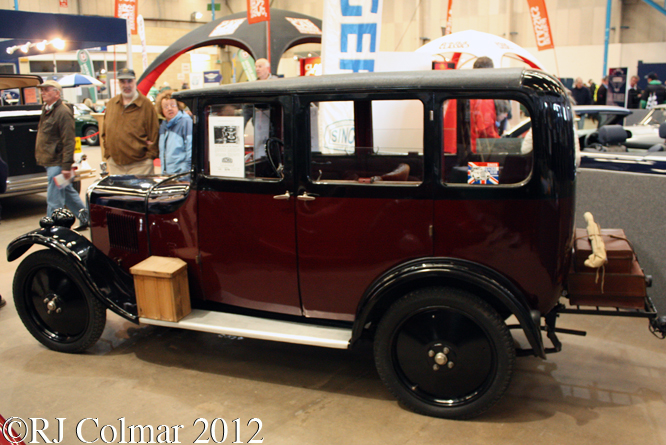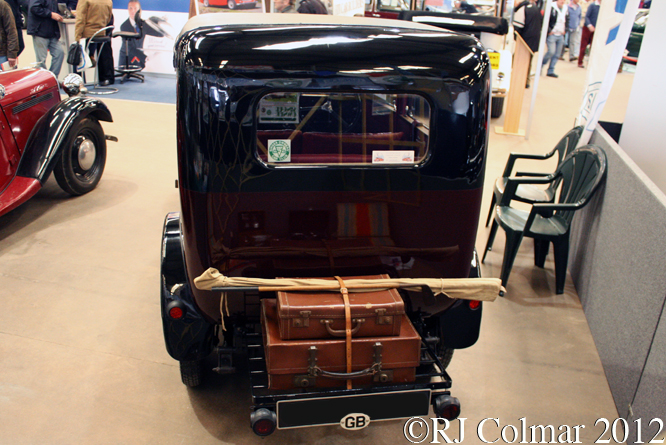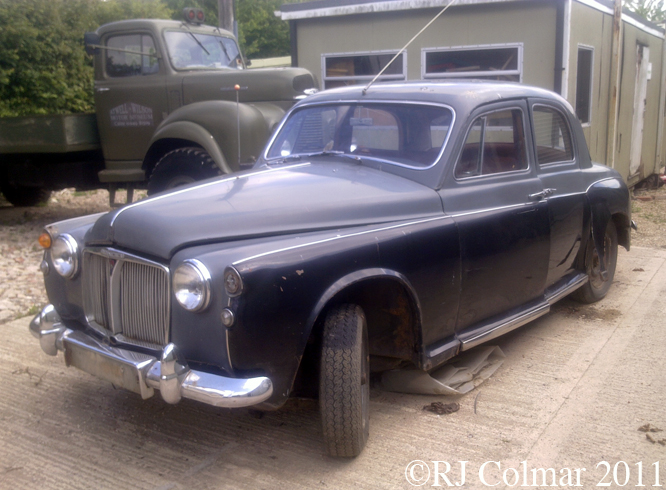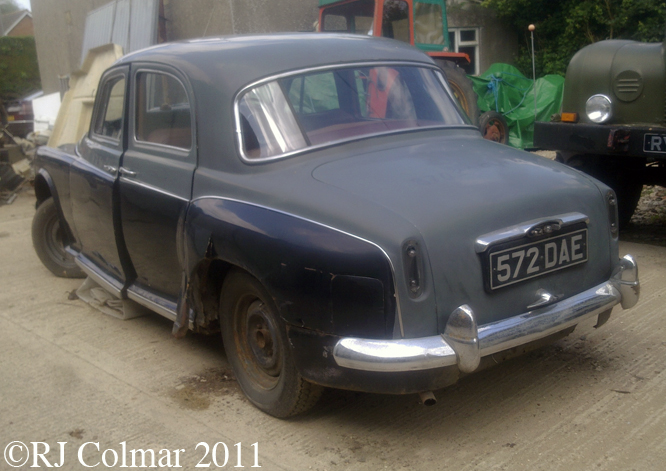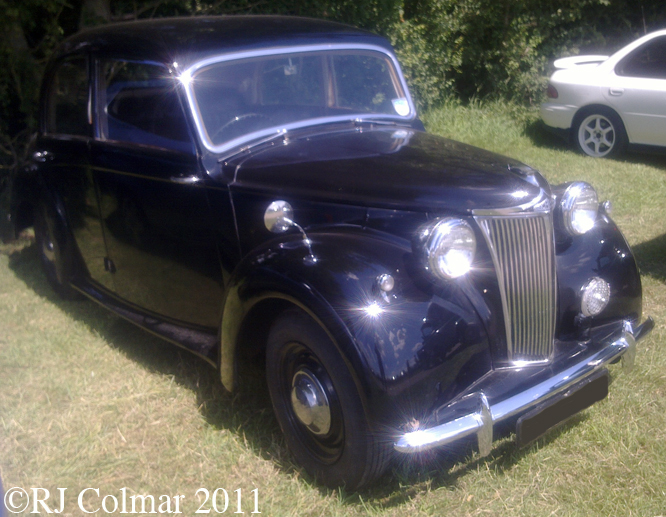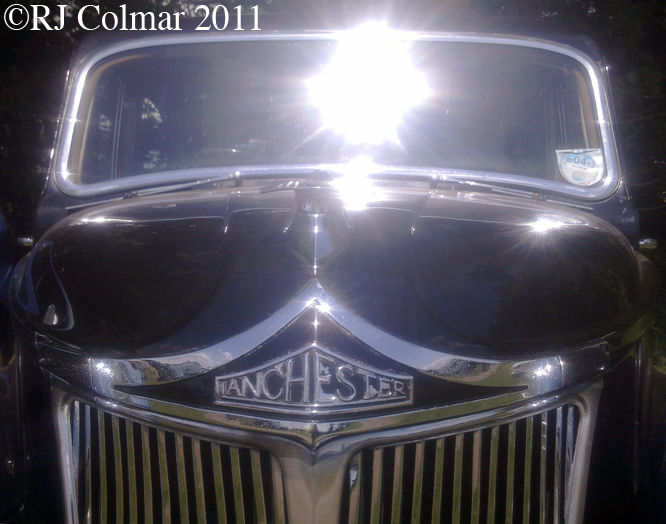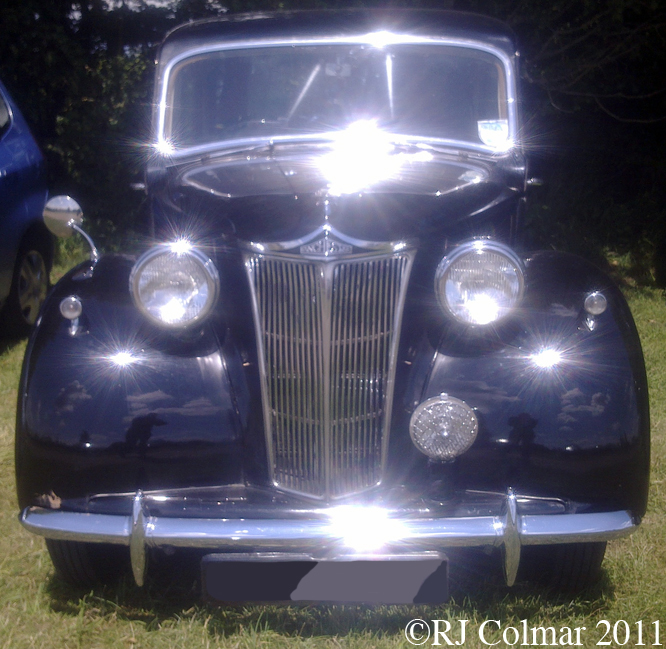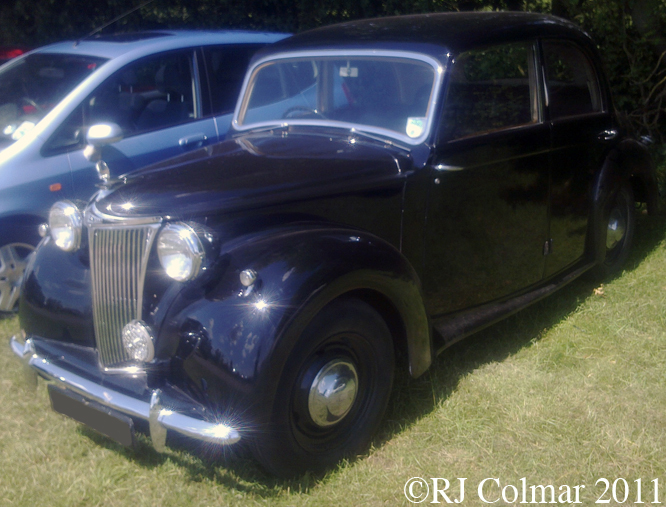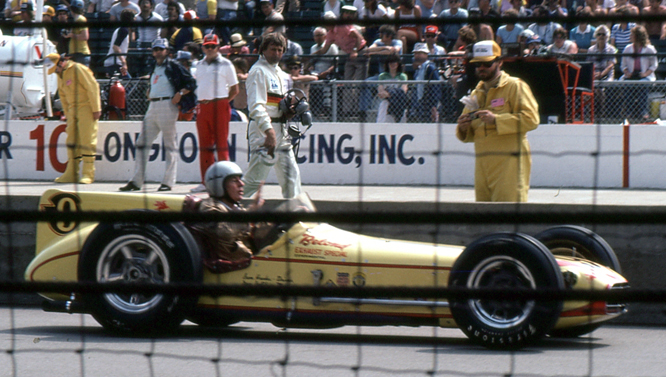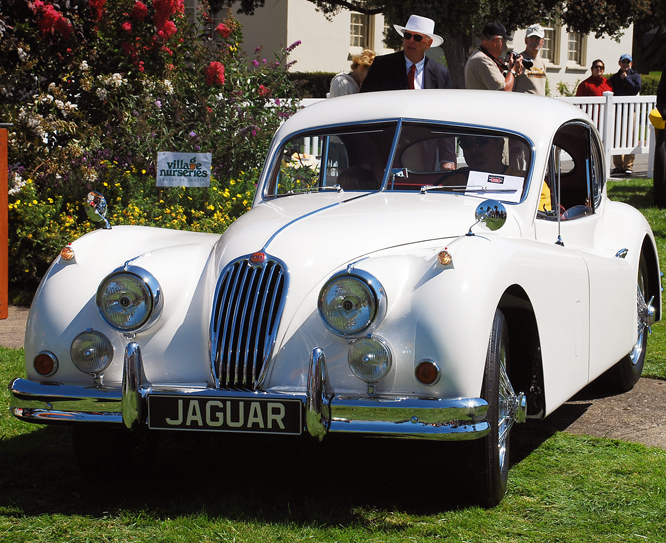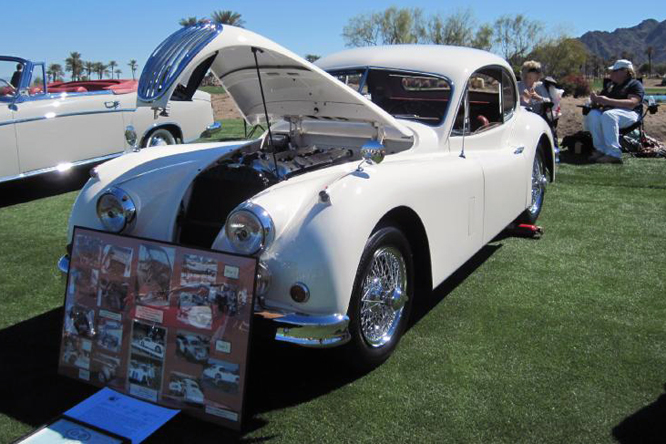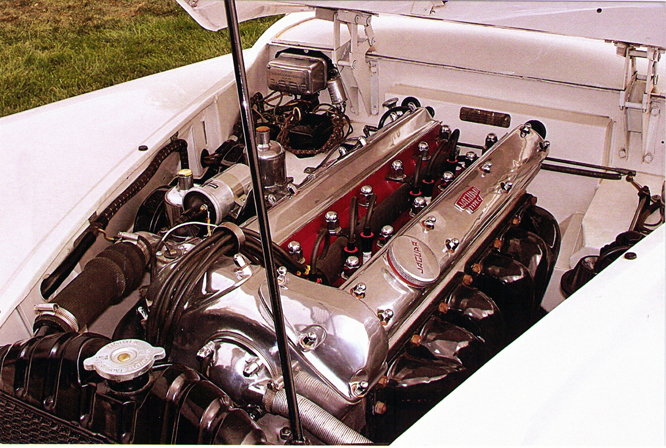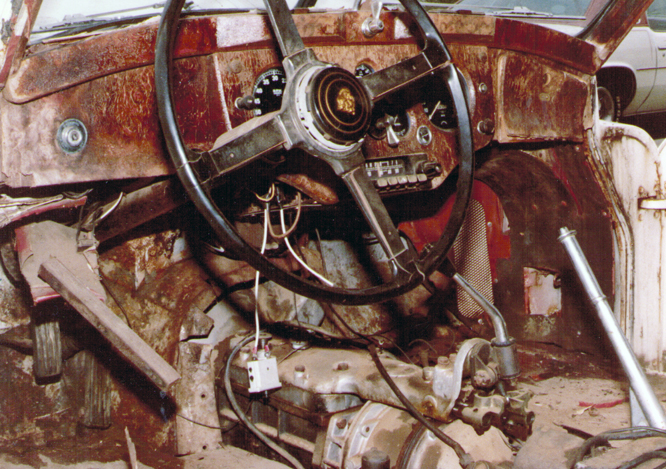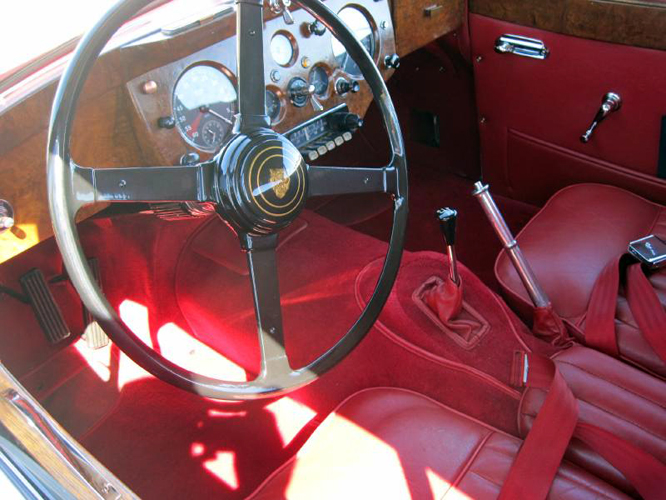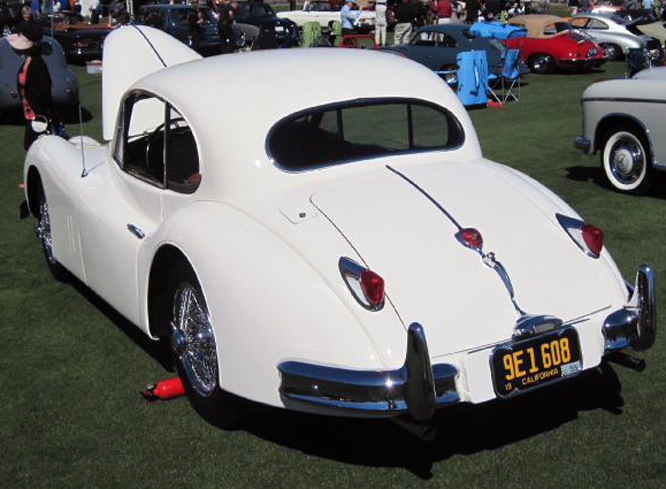With the State funded Mercedes Benz and Auto Union teams battling for major open wheel Grand Prix honours from the mid to late 1930’s with the occasional interruption only offered by Alfa Romeo many wealthy drivers were left with little alternative but to contest Grand Prix run for 1.5 litre / 91.5 cui voiturette open wheel single seater, monopost, racing cars.
Among the successful manufacturers of such Voiturettes were Bugatti with their 8 cylinder Type 39, ERA, English Racing Automobiles, which was founded to manufacture vehicles soley for Voiturette racing using a derivative of a Riley 6 cylinder motor, and today’s featured manufacturer Maserati who first fitted a 6 cylinder 1.5 liter motor to Tazio Nuvolari’s Maserati 8CM.
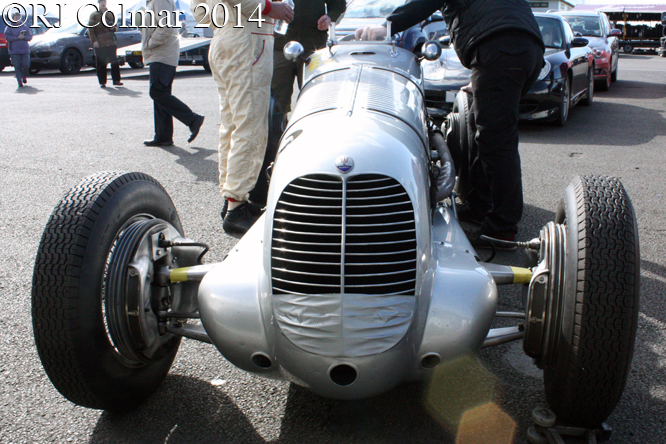
Between 1936 and 1939 Maserati built a run of 27 6CM Voiturettes of which chassis #1556, fitted with motor #1555, seen here was the one that appears to have been delivered in April 1938 to driver known as “Raph”.
Otherwise known as Count George Raphaël Béthenod de Montbressieux, “Raph” was born in 1910 in Buenos Aires to a wealthy silk manufacturing family from Lyon with an Argentinian mother who was daughter of an Argentine Minister of Justice, he started racing in 1932.
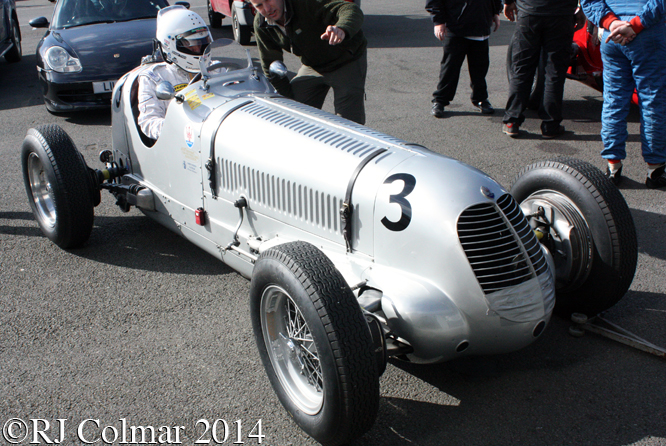
Prior to purchasing #1556 “Raph” had recovered from six months of paralysis to his legs after crashing his #7 Talbot-Lago on the 10th lap of the 1937 Le Mans 24 hours.
“Raph” is known to have raced for several teams during 1938, a few day’s after apparently taking delivery of his 6CM he was entered in the Grand Prix de Pau in a 6CM by Scuderia Torino where he finished, I have been unable to establish if the car “Raph” used in this race was today’s featured car.
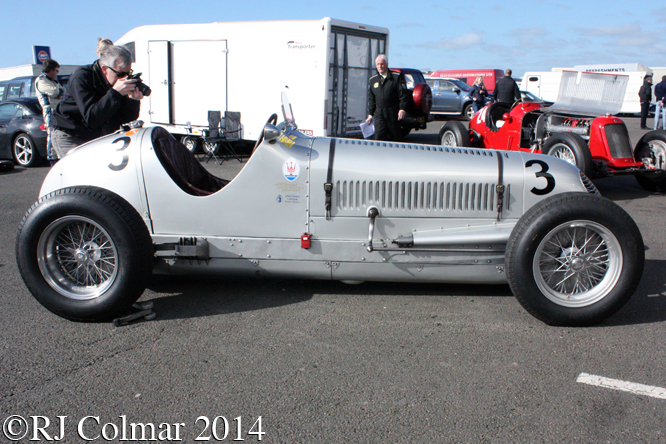
After his drive at Pau “Raph” is known to have entered at least six further events in a 6CM under either his mothers name B de Las Casas or his own.
It would not appear unreasonable to assume #1556 was the vehicle “Raph” drove in these events recording one failure to start at Picardie, three non finishes at Albegois, Livorno and La Baul, an 11th at Piemonte and a seasons best 2nd at Targa Florio.
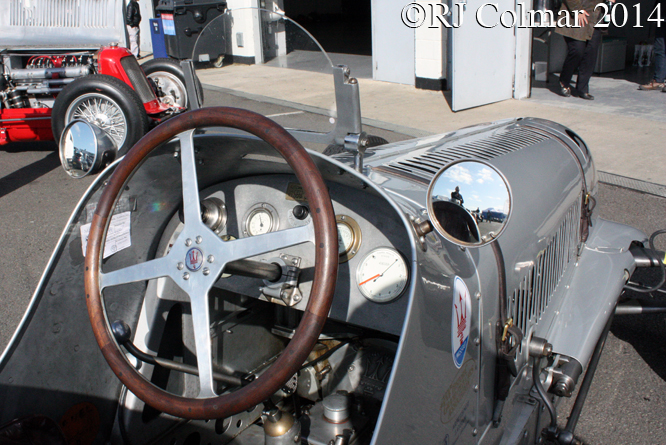
Towards the end of 1938 “Raph” had two outings in top class open wheel races with Ecurie Bleu driving a Delahaye at Bermgarten and Donington where he finished 11th and retirement respectively.
In 1939 “Raph” drove a Delahaye twice for Ecurie Lucy O’Reilly finishing 9th at Reims Geuex and 5th at the Nurburgring. He then is recorded has having been entered at Bermgarten in an O’Reilly Maserati 8CTF (#3031) but does not appear to have taken part.
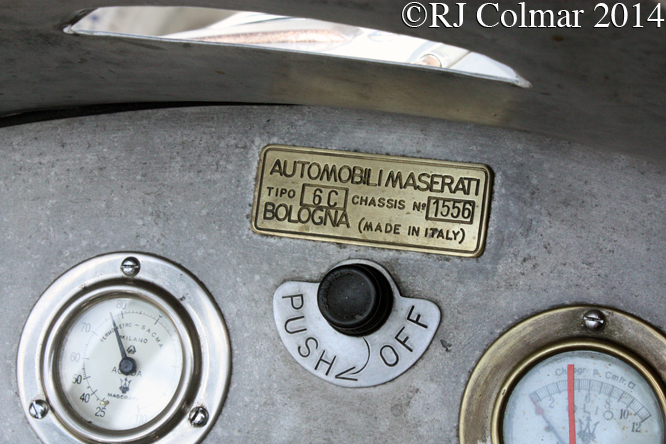
In 1946 he resumed racing by 1946 recording a win in an indoor Midget race in Los Angeles the same year. Back in Europe Raph co founded Ecurie Naphtra Course managed by M.me Denise Depoix said to be the wife of an imprisoned collaborator.
It is unclear if “Raph” raced today’s featured car for the team or not, some sources suggest he may have done, while others suggest he raced a later Maserati 4CL.
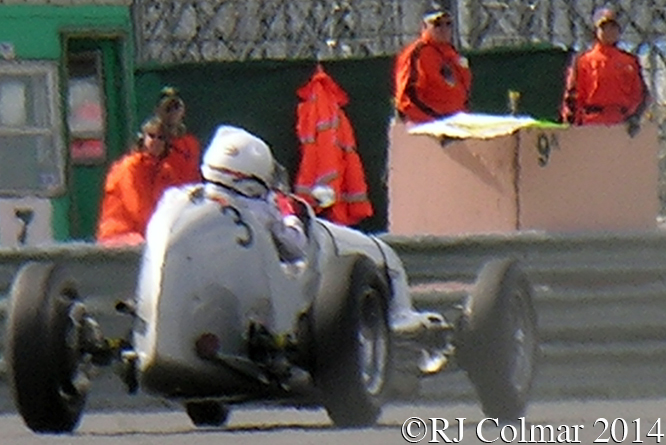
The highlight of “Raph”‘s career came when he won the 1946 Nantes Grand Prix aboard a Maserati which all at least appear to agree was a “voiturette”.
“Raph” continued racing until 1950 by which time was still recovering from a fractured skull after an accident driving a Talbot Lago T26C at Albi in 1948.
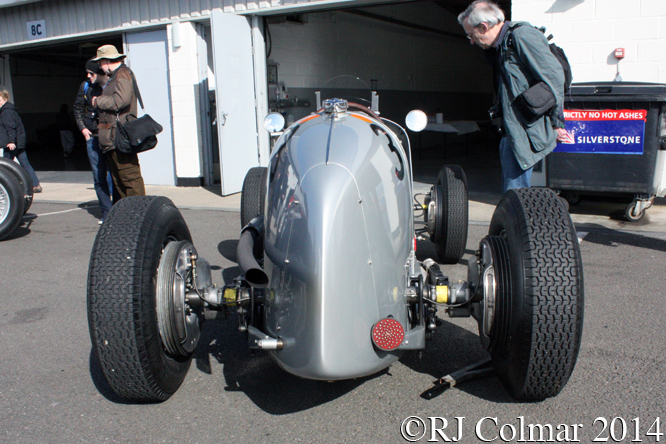
With no financial security “Raph” took a job as a handyman and chauffeur with his friend, actor and entertainer, Maurice Chevalier.
Today #1556 is owned by Sean Danaher and is seen in these photographs being driven by Calum Lockie in the Pre ’41 race at the VSCC’s Spring Start meeting at Silverstone.
Thanks for joining me on this “Raph’s ’38 Voiturette” edition of “Gettin’ a li’l psycho on tyres” I hope you will join me for a look at a Bugatti tomorrow. Don’t forget to come back now !


